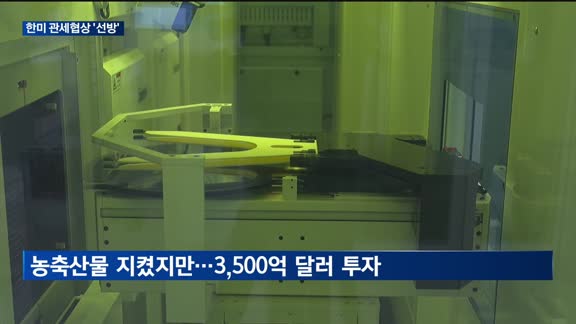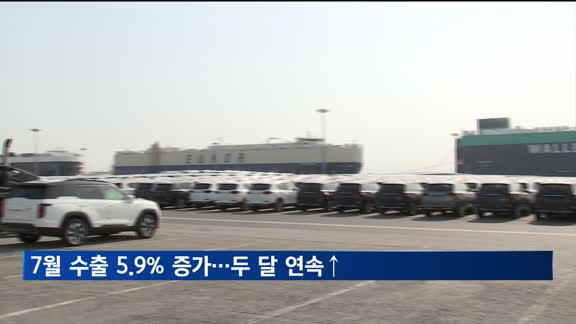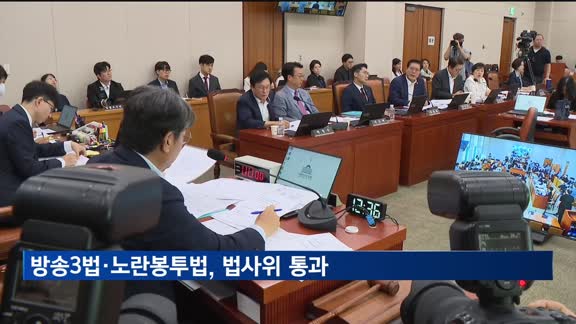| (Yonhap) |
The Asian Development Bank (ADB) on Wednesday forecast Korea’s gross domestic product (GDP) growth at 0.8 percent for 2025, citing the impact of slowing exports due to U.S. tariff measures. The organization’s forecast aligns with those of other major institutions following the inauguration of U.S. President Donald Trump.
The Bank of Korea (BOK) and the Korea Development Institute (KDI) also lowered their forecasts for Korea’s 2025 growth to 0.8 percent.
Other international organizations, including the International Monetary Fund (IMF) and the Organization for Economic Co-operation and Development (OECD), similarly projected Korea’s growth to remain around 1 percent.
While the Korean government initially projected 1.8 percent growth at the beginning of the year, it is now expected to lower its forecast into the 0 percent range when the new administration unveils its updated economic policy direction.
A sub-1 percent growth rate for Korea would mark the first such occurrence since 2009 - a year when Korea still performed relatively well despite the global financial crisis, apart from the 2020 COVID-19 pandemic year when global economies faltered and Korea posted a 0.7 percent contraction.
Should Korea’s growth rate stay in the 0 percent range as forecast, it would mark the most severe economic result since 1998, when the country posted a 4.9 percent contraction during the Asian financial crisis.
What is more troubling is that Korea’s economic fundamentals are weakening, which suggests a risk of structural low growth rather than a temporary slowdown.
A major factor behind the stagnation is a decline in industrial dynamism. In a report released in June 2025, KDI senior research fellow Kim Min-ho pointed out a significant drop in the proportion of high-growth firms that once played the role of “superstars” by boosting overall productivity across industries.
The report found that the share of companies with an average annual revenue growth of over 20 percent fell from 11.9 percent of all firms in 2009 to just 4.6 percent in 2020 and remained at only 8.1 percent in 2022.
Particularly alarming is the decline among firms aged 8 to 19 years - considered the “golden window of opportunity” for business growth - where the proportion of high-growth companies dropped from about 14 to 15 percent in 2009 to below 10 percent in 2022.
This suggests the collapse of a structure in which rapidly growing new companies drove overall industry growth.
The report also noted, “The sharp decline in high-growth companies during the 8 to 19-year business age range signals that firms are failing to secure the necessary resources and institutional environment during their critical period for scaling.”
Although the number of startups continues to increase each year, the 5-year survival rate remains at just 33.8 percent, over 10 percentage points lower than the OECD average of 45.4 percent. In essence, the ladder of “start-up → growth → establishment” has collapsed.
High-growth companies are more than just a statistical group - they carry broader economic significance. These firms exhibit 28 percent higher total factor productivity (TFP) than other businesses, setting them apart from average companies, according to the report.
Furthermore, the productivity growth rate of the entire industry rises by 1 percentage point for every 1 percentage point increase in their share of total sales, indicating that the activities of a small number of high-growth firms substantially boost total productivity.
However, as this core growth engine weakens, the overall productivity of the Korean economy is also declining. The BOK projects that Korea’s TFP, which was 2.1 percent from 2001 to 2005, will fall to just 0.7 percent during 2024 to 2026.
For this reason, experts recommend shifting industrial policy focus from simply supporting startups to fostering their growth into scale-ups. The government allocated 3.3 trillion won ($2.4 billion) to startup-related programs for 2025, but the budget for the representative scale-up support program “Scale-Up TIPS (Tech Incubator Program for Startup)” is only 146.8 billion won.
“Government policy should move beyond support for early-stage startups and instead focus on enabling companies to grow,” KDI’s Kim emphasized.
화제의 뉴스
오늘의 이슈픽
인기 영상
가장 많이 본 뉴스
- 1[밸류업 5000] 배당소득세 낮춘다지만…최고세율 ...
- 2[CEO인사이트] "라부부는 왜 명품보다 비싸졌나?...
- 3현대차, 미국 판매량 7만9천대 '15%' 증가…기...
- 4스타디움 접수한 치킨업계…BBQ·교촌·bhc '팬심...
- 5중대재해 사망, 건설사에 집중…사망자 절반이 '건설...
- 6미 해군성 장관, 한화 필리조선소 방문…김동관 부회...
- 7대주주 기준 놓고 공방…진성준 "주식시장 안무너진다...
- 8‘에어제타’ 날아오른다...글로벌 화물항공 시장 도...
- 9[생생한 주식쇼 생쇼] 아난티 (025980) · ...
- 10[CEO인사이트] 이야기를 담다 비하인드 - AI ...
투데이 포커스
화제의 뉴스
포토뉴스


![[네트워크 365]광명시, '안양천 지방정원 시민참여정원 1기' 모집](https://imgmm.mbn.co.kr/vod/news/103/2025/07/31/20250731163453_10_103_0_MM1005626577_4_16.jpg)
![[네트워크 365]부산시·해수부 노조,"해양수도 조성" 한 목소리](https://imgmm.mbn.co.kr/vod/news/103/2025/07/31/20250731163422_10_103_0_MM1005626578_4_16.jpg)










